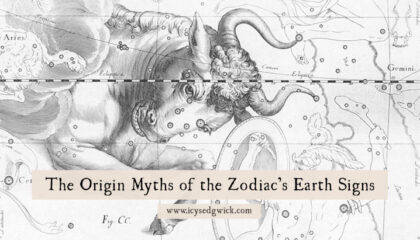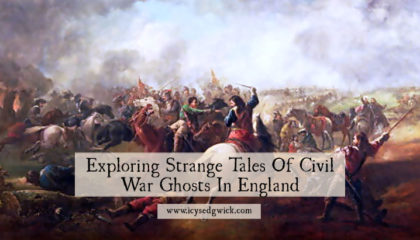As we saw last week, there’s more to astrology than newspaper horoscopes and star signs. In this blog series, we’re looking at the Greek origin myths of the signs in the zodiac. Who or what gave their name or image to each sign? What are the myths behind the famous names? We’ll look at their […]
#FolkloreThursday
The Origin Myths of the Zodiac’s Earth Signs
As we saw last week, there’s more to astrology than newspaper horoscopes and star signs. In this blog series, we’re looking at the Greek origin myths of the signs in the zodiac. Who or what gave their name or image to each sign? What are the myths behind the famous names? We’ll look at their […]
The Origin Myths of the Zodiac’s Fire Signs
Astrology has seen something of a resurgence in recent years. Star signs were once relegated to snippets of vague predictions at the back of the newspaper. Yet now, you can find highly skilled astrologers on Instagram and Tik Tok. It’s an ancient discipline, with its roots in several cultures. What we call the zodiac in […]
Why do people still see ghostly monks in the UK?
When you live in a rainswept, often foggy, sometimes melancholy part of the world like the UK, it’s so much easier to see phantoms at every turn. From ghostly monks and nuns, to spectral children and the ubiquitous White or Grey Lady, it would seem the spirits are everywhere. But monks still make up a […]
Exploring Strange Tales Of Civil War Ghosts In England
When you look at reports of English phantoms, tales of Civil War ghosts are some of the most common. Haunting battlefields, pubs, castles, and former military sites prove popular locations. In Newcastle, we even have stories of a ‘spinning’ Cavalier. The ghost rises to the ceiling inside Sallyport Tower, revolving as he goes. Some believe […]
These 5 UK Castles Feature A Green Lady Ghost
We’ve all heard of castles and stately homes having a White Lady, or a Grey Lady. I’ve already written about the Grey Lady of the Newcastle Assembly Rooms. Based on that fact, I’d made the point on Twitter that spectral ladies often appear as pink, white, or grey. Lots of people told me they’d also […]











